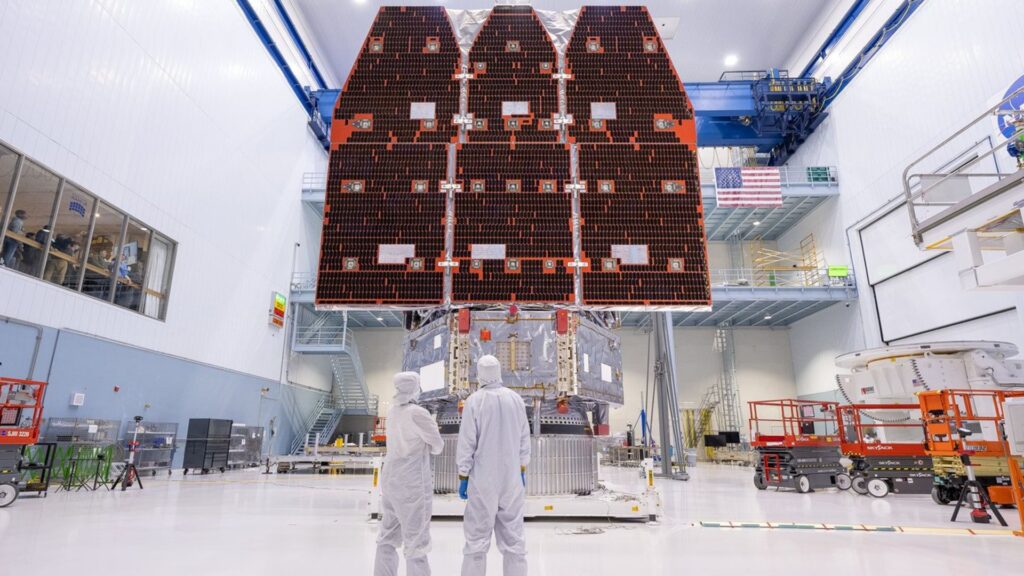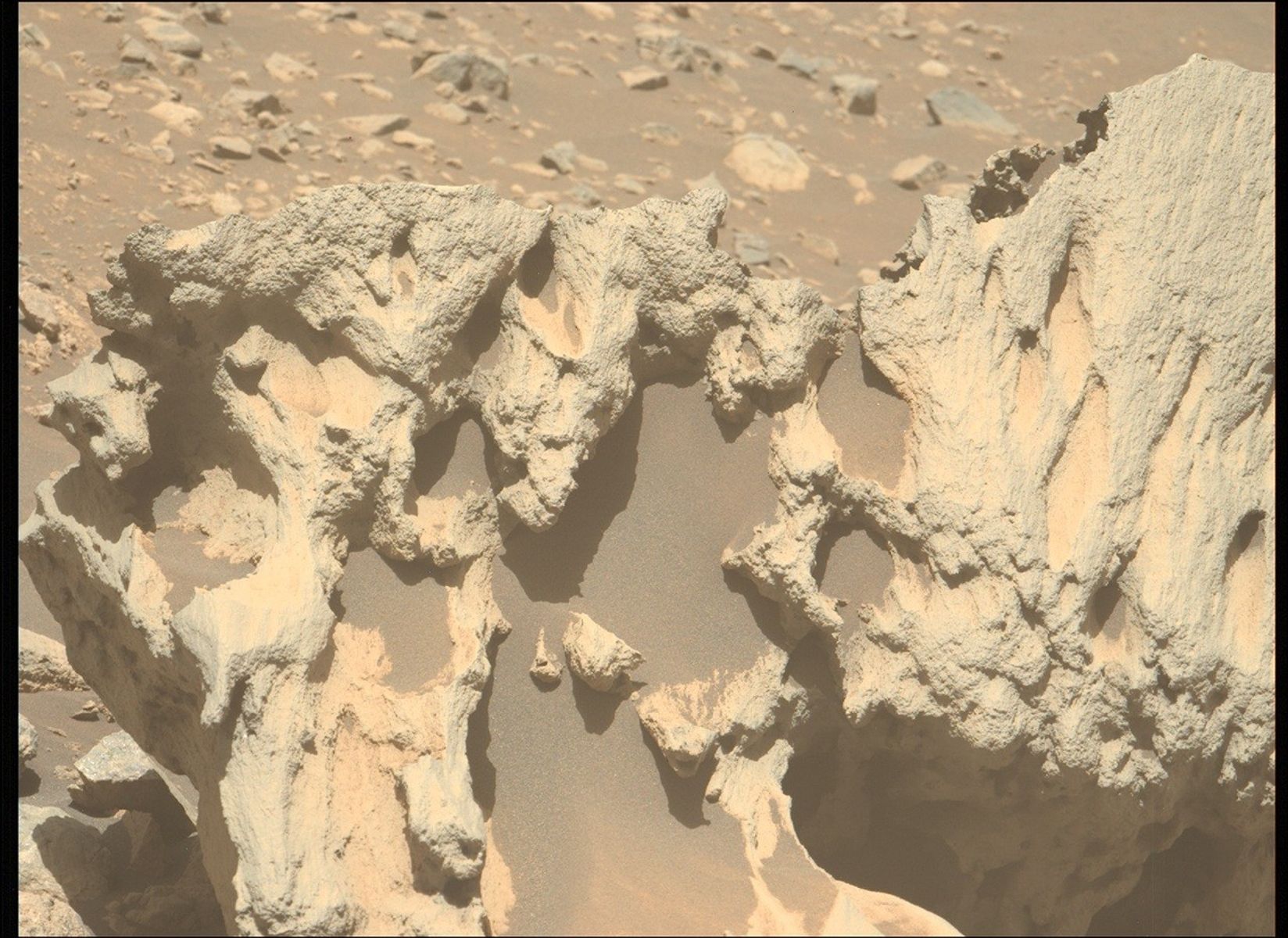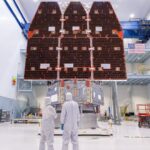Now Reading: US military wants to track ‘potential threats’ coming from the moon
-
01
US military wants to track ‘potential threats’ coming from the moon
US military wants to track ‘potential threats’ coming from the moon
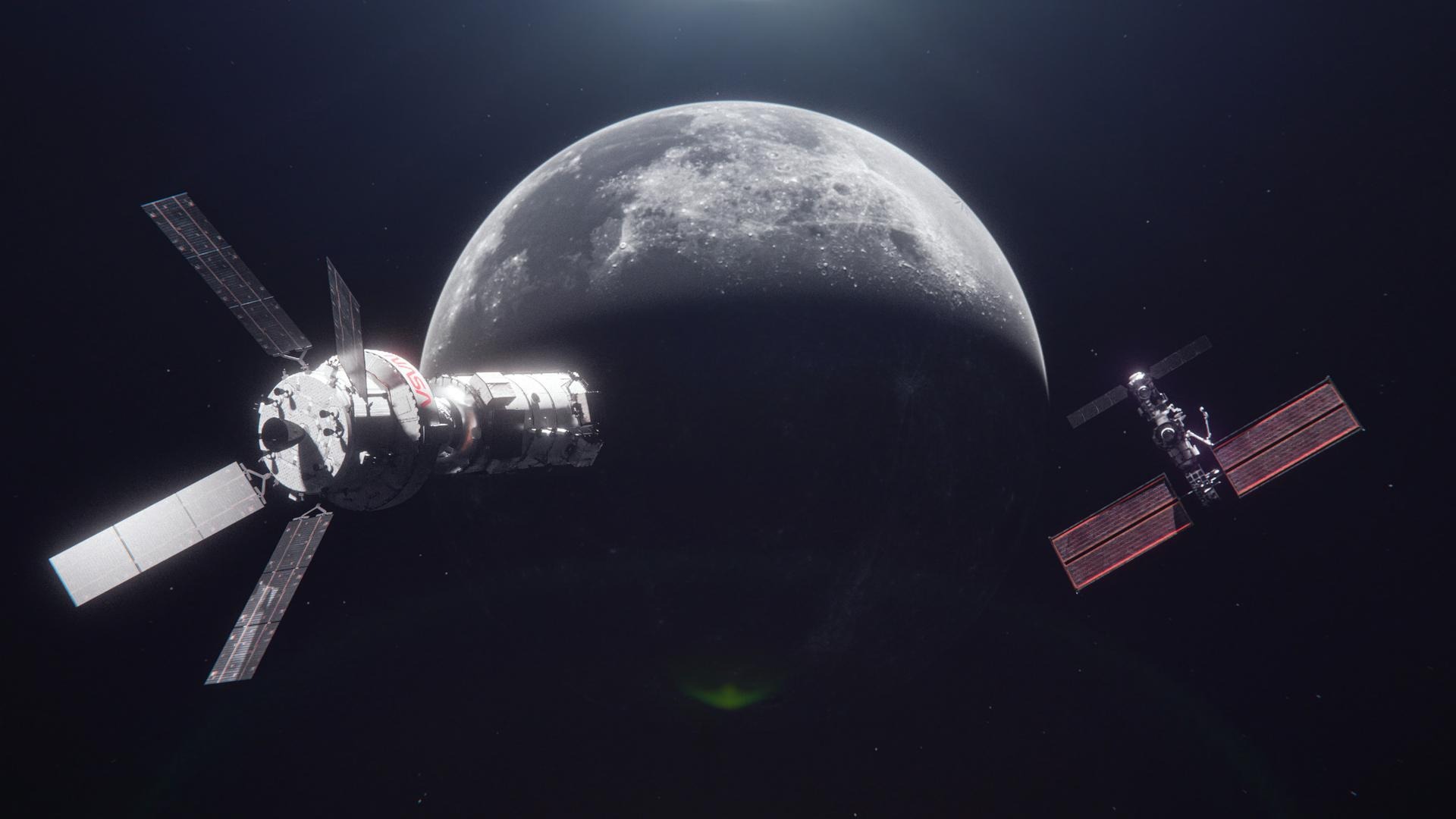
As the moon becomes the center of the new space race, the United States military is looking for new ways to keep track of spacecraft and other objects flying close to or from lunar space.
The Defense Advanced Research Projects Agency (DARPA) has issued a contract solicitation for new ways to process optical signals that allow for continuous space-based detection and tracking of objects in cislunar space. Cislunar space is a vast region of space influenced by the gravitational forces of both Earth and the moon. Because most tracking systems are designed for keeping tabs on satellites and spacecraft operating from low Earth orbit to geosynchronous orbit (GEO), there is a gap in the United States’ ability to detect and track objects much farther away, especially near the moon.
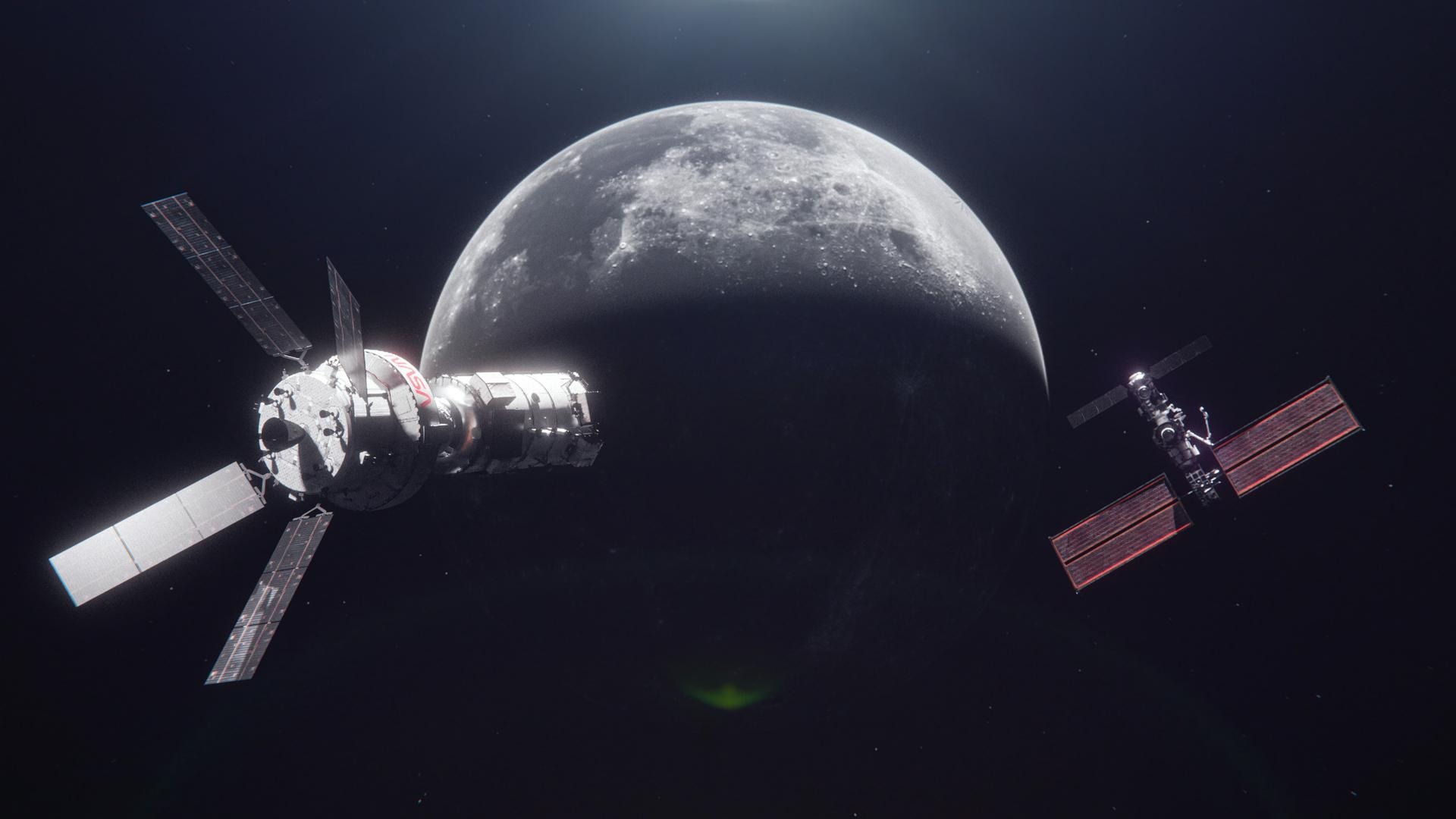
TBD2 aims to develop software algorithms that can be paired with commercially available optical sensors onboard spacecraft. The signals detected would need to be processed onboard the spacecraft and provide tracking of faint objects up that are over 1,40,000 miles (2 gigameters) away within hours, according to the solicitation.
DARPA’s current TBD2 contract solicitation seeks two different payload designs that would combine optical sensors with an onboard computer; one designed for use at Lagrange Point 1, and one that could be placed “beyond GEO/cislunar orbits.” The Sun-Earth Lagrange Point 1 is a gravitationally stable location in space 932,000 miles (1.5 million km) from Earth at which the gravitational pulls of Earth and the sun are equal, allowing spacecraft to remain in place with minimal energy expenditure.
There are also Lagrange points between Earth and the moon (Earth-Moon Lagrangians, or EMLs). Placing TBD2 spacecraft at these points, or beyond them, could allow them to monitor what the solicitation calls the “Earth-Moon corridor” and enable the detection and tracking of objects as small as 10-20 centimeters at distances of 125,000 miles to 250,000 miles (200,000-400,000 km), DARPA says.
TBD2 isn’t the only U.S. military program attempting to keep better tabs on what’s in cislunar space. The U.S. Space Force’s Space Systems Command (SSC) and the U.S. Air Force Research Laboratory (AFRL) are testing new propulsion technologies aimed at developing spacecraft that can “provide persistent situational awareness in cislunar space.”

The push for better tracking of objects near the moon comes as U.S. space agency leaders and lawmakers continue to push for more urgency in returning American flags and footprints to the lunar surface. Some see American and Chinese efforts to reach the moon as a new space race, one many experts have said the United States is in jeopardy of losing.
“Unless something changes, it is highly unlikely the United States will beat China’s projected timeline,” former NASA Administrator Jim Bridenstine told the Senate earlier this year.
Lawmakers and industry experts have stressed that whichever nation reaches the moon first in this new race will be able to dictate the rules for accessing and using lunar resources, controlling access to the moon, and setting the tone for international partnerships.
Mike Gold, president of civil and international space at Redwire, told the Senate that “we will see a global realignment that will impact our economy, our tax base, our ability to innovate, and our national security.”
China says it will land astronauts on the moon in 2030. NASA is currently aiming to put astronauts back on the moon in mid-2027 with its Artemis 3 mission, but the agency’s lunar exploration program has faced setbacks and delays with rocket and lunar lander development.
Stay Informed With the Latest & Most Important News
Previous Post
Next Post
-
 012024 in Review: Highlights from NASA in Silicon Valley
012024 in Review: Highlights from NASA in Silicon Valley -
 02Panasonic Leica Summilux DG 15mm f/1.7 ASPH review
02Panasonic Leica Summilux DG 15mm f/1.7 ASPH review -
 03How New NASA, India Earth Satellite NISAR Will See Earth
03How New NASA, India Earth Satellite NISAR Will See Earth -
 04And Thus Begins A New Year For Life On Earth
04And Thus Begins A New Year For Life On Earth -
 05Astronomy Activation Ambassadors: A New Era
05Astronomy Activation Ambassadors: A New Era -
06SpaceX launch surge helps set new global launch record in 2024
-
 07From Polymerization-Enabled Folding and Assembly to Chemical Evolution: Key Processes for Emergence of Functional Polymers in the Origin of Life
07From Polymerization-Enabled Folding and Assembly to Chemical Evolution: Key Processes for Emergence of Functional Polymers in the Origin of Life













